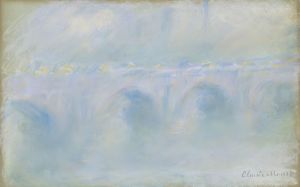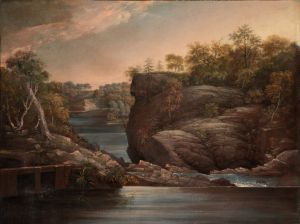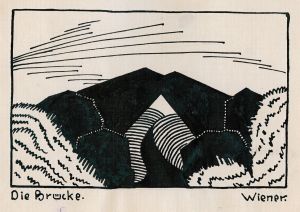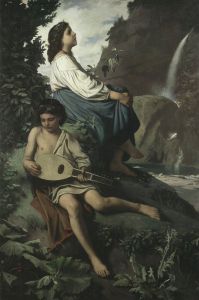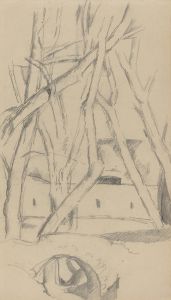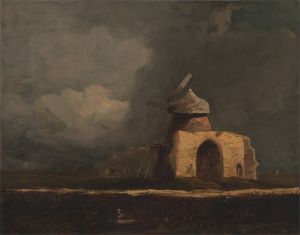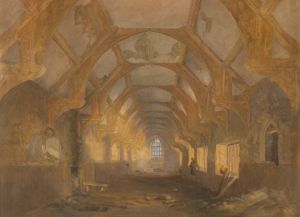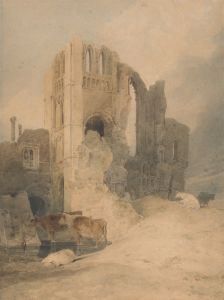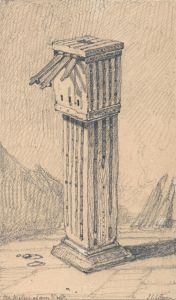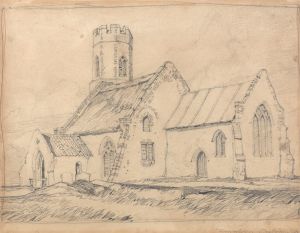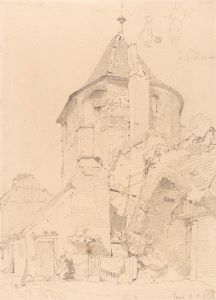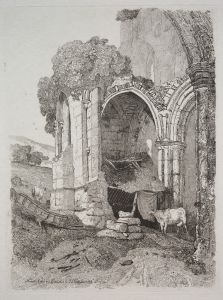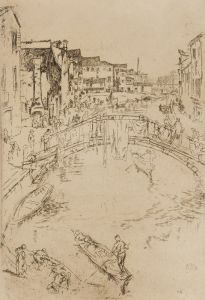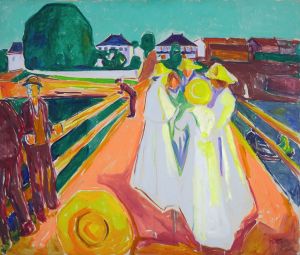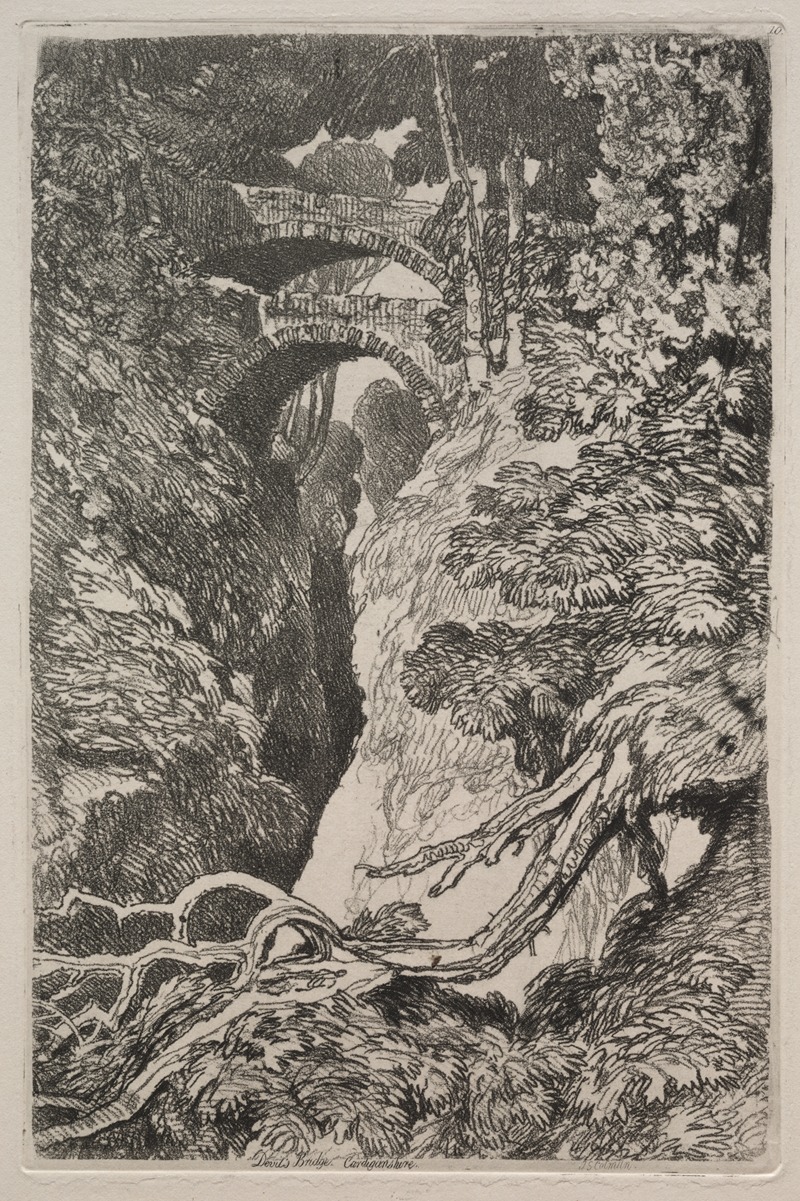
Devil’s Bridge, Cardiganshire
A hand-painted replica of John Sell Cotman’s masterpiece Devil’s Bridge, Cardiganshire, meticulously crafted by professional artists to capture the true essence of the original. Each piece is created with museum-quality canvas and rare mineral pigments, carefully painted by experienced artists with delicate brushstrokes and rich, layered colors to perfectly recreate the texture of the original artwork. Unlike machine-printed reproductions, this hand-painted version brings the painting to life, infused with the artist’s emotions and skill in every stroke. Whether for personal collection or home decoration, it instantly elevates the artistic atmosphere of any space.
"Devil’s Bridge, Cardiganshire" is a watercolor painting by the renowned English artist John Sell Cotman, created in the early 19th century. Cotman, born in 1782, was a prominent figure in the Norwich School of painters, a movement known for its dedication to capturing the natural beauty and rural landscapes of England. His works are celebrated for their delicate use of color and light, as well as their precise and atmospheric depiction of architectural and natural forms.
This particular painting, "Devil’s Bridge, Cardiganshire," showcases Cotman's skill in rendering landscapes with a sense of tranquility and depth. The subject of the painting, Devil’s Bridge, is a famous landmark located in Ceredigion, Wales, known for its unique structure and picturesque surroundings. The bridge spans the River Mynach and is notable for its three distinct bridges built one atop the other, a feature that has captured the imagination of artists and visitors alike.
Cotman’s depiction of Devil’s Bridge is characterized by his typical attention to detail and his ability to convey the serene yet dramatic essence of the scene. The watercolor medium allows for a subtle interplay of light and shadow, which Cotman uses to highlight the rugged beauty of the Welsh landscape. The painting likely captures the lush greenery and the cascading waters of the river below, elements that are emblematic of the natural scenery in this part of Wales.
During his career, Cotman traveled extensively throughout Britain, drawing inspiration from various locales, including Wales. His visit to Devil’s Bridge would have provided him with the opportunity to study the interplay of natural and man-made elements, a theme that is prevalent in many of his works. The bridge itself, with its layers of history and engineering, would have been an ideal subject for Cotman’s artistic exploration.
Cotman’s work, including "Devil’s Bridge, Cardiganshire," is part of a broader tradition of British landscape painting that sought to capture the sublime and picturesque qualities of the natural world. His paintings are often noted for their compositional balance and the way they evoke a sense of place, inviting viewers to appreciate the beauty and complexity of the landscapes he portrayed.
Today, John Sell Cotman is regarded as one of the leading figures of the Norwich School, and his works are held in high esteem by art historians and collectors. "Devil’s Bridge, Cardiganshire" remains an important example of his contribution to the development of landscape painting in Britain. The painting is part of various public and private collections, where it continues to be appreciated for its artistic merit and its depiction of a historically and culturally significant site.
Cotman’s legacy endures through his influence on subsequent generations of artists and his role in elevating the status of watercolor as a medium capable of capturing the subtle nuances of the natural world. His works, including "Devil’s Bridge, Cardiganshire," continue to be studied and admired for their technical proficiency and their ability to convey the timeless beauty of the British landscape.





